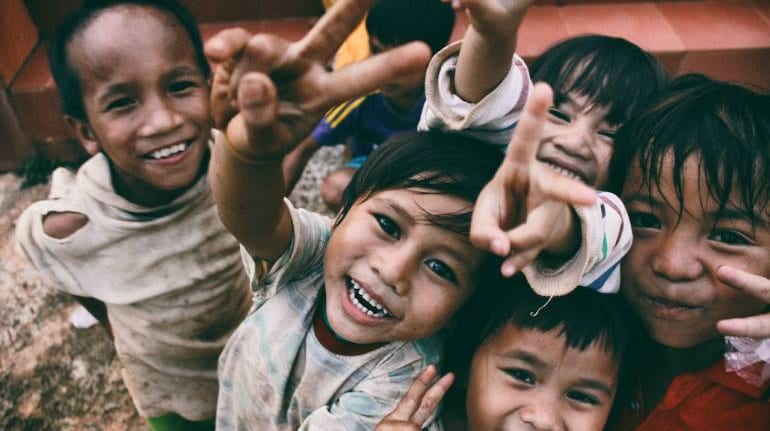



Women-centric movies or movies that highlight the plight of women are not new. Yet, the Jeo Baby-directed The Great Indian Kitchen has generated a great deal of discussion on women’s issues, so much so that it even caught the attention of Justice DY Chandrachud.
The movie narrates the story of a newly-married young woman who aspires to become a dance teacher, and how she struggles while performing the duties of a wife. Throughout the movie the husband and the father-in law are the least bothered about the domestic chores done by both the women of the house — the mother and the daughter-in-law.
In the beginning of the movie, the mother-in-law is shown to be doing household tasks from morning till night without a break. When she goes away to stay with her daughter, the young bride takes charge of the house. The rest of the movie recounts her struggles, disappointments, frustrations and finally her escape from the oppressive, loveless family structure to freedom.
Gender Education
The film touches upon many issues such as domestic labour, patriarchal values in religion and family system, women’s agency in sexual desires, and taboos like pollution associated with women’s body during menstruation. The director has placed all these questions in the backdrop of the Sabarimala verdict and the subsequent debates that took place in Kerala.
This film is interesting for the attention it has paid to gender norms inside family spaces, and the director elaborates it to make the audience aware of the complex gender education that one goes through inside family systems.
Gender Roles And Prejudice
The elaborate detailing and repetition of cooking and subsequent cleaning and waste disposal by the women of the household raises questions about the role of both the genders in sharing household chores. The only occasion that the young woman is relieved from the kitchen is during menstruation.
Throughout the film there are various instances of training that happens inside the family system.
First, in one scene, a young girl is told that she can have food later when her mother eats while her brother is served food along with the guests. Second, during menstruation, the young woman is told what to do and what not to do by her husband’s aunt. The aunt reprimands her by asking whether she was not taught these customs at her house. Third, when she is asked by the husband whether she has not been taught about the ritualistic practices of Sabarimala pilgrims.
Many times, in the film the young woman is instructed about the customs and traditions she has to follow. But she is never allowed to question her husband or the customs or behaviour in that household. The movie ends with her realisation about this gender prejudice. She gets out of the system while the husband continues to practice the same hierarchy and gender norms in his second marriage too.
Violence And Oppression
These repeated questions of being taught at home clearly points to the gender education that happens for both men and women about their gender roles at home, and the film touches upon this disturbing fact which makes the audience aware of their own prejudices.
The film shows how practicing the existing gender norms become a ritual or a part of family tradition where both men and women practice it without being aware of the violence and oppression it creates. It is here that the film reminds us about the training that happens in playing gender roles from a young age in the households.
The need for a sensitive conversation about gender roles in every household is put across succinctly by the director towards the end of the film. Fed up of the suppression and dehumanisation she faces from her husband and father-in-law, the young wife goes back to her house. However, she sees the same problem in her house as well when her brother demands a glass of water from their mother.
Discover the latest Business News, Sensex, and Nifty updates. Obtain Personal Finance insights, tax queries, and expert opinions on Moneycontrol or download the Moneycontrol App to stay updated!